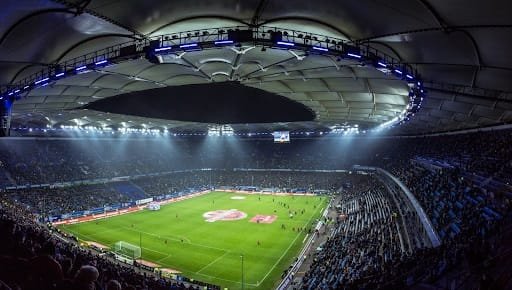In football, some clubs go quiet. Not because they stop mattering, but because everything around them falls apart. Maybe it’s bad management. Maybe it’s money. Or maybe time just moves on. But the names — they stay. People remember. Jerseys stay in closets. Old chants still live in people’s heads. You can’t really delete a club that meant something.
And Then One Day, It Comes Back
Not always with trophies. Sometimes with a new badge. A press conference. Or a single result that reminds people what the club used to be. And brands notice that. They notice when public interest sparks again. Even betting platforms like Crore Bet start tracking those spikes — how suddenly odds shift, how search volume jumps. Comebacks aren’t always planned, but when they start rolling, you feel it.
What happens next depends on a lot more than just football.
What a Comeback Needs (Besides Luck)
Some revivals feel right. They move slow, with care. Others rush it — and fall apart again. But there are patterns that help the comeback stick:
- People who care – Not just owners with money, but ones who get it.
- A small plan that grows – Fix the training ground before buying stars.
- Keeping the voice – Same colors, same feel. You don’t need to look modern to be real.
- Letting fans in early – Don’t make them beg to feel included.
- Patience with pressure – One bad season doesn’t mean the rebuild failed.
Mistakes Happen When Image Becomes the Goal
Sometimes clubs start by building a Twitter account before a backline. They think if they change the logo, post some slick videos, and sign one former star, the fans will come running. And sure, some do. But most see through it.
Here’s where it goes wrong:
- Too much PR, not enough football
- Ignoring people who stuck around during bad years
- Changing everything to “attract new fans” while losing old ones
- Treating local history like an obstacle
- Chasing attention over stability
A comeback isn’t a moment. It’s a mood — it builds slowly or it doesn’t last.
Clubs That Took the Long Road
You see it in clubs like Parma. They went bankrupt, started from scratch, and didn’t rush. Leeds United too — took years, stayed honest. Saint-Étienne — still fighting, but they never lost their voice.
Those clubs aren’t huge now. But fans trust them again. That’s the real win.
Why Fans Give Second Chances
Because it’s personal. A club isn’t just a team. It’s a weekend. A childhood. A city. And if someone comes along and treats that with care — not just money — people respond. Even if the team’s still mid-table.
It doesn’t take much. A training video that looks real. A coach who speaks clearly. A signing that makes sense, not headlines. Fans can feel when a club is trying the right way.
What Actually Matters (and What Doesn’t)
Fans care about:
- Effort – Not perfection.
- Clarity – Say what you’re doing, and why.
- Consistency – Don’t shift direction every month.
- Community – Give something back.
- Identity – Not just a new kit, but what it stands for.
They don’t care (as much) about:
- Celebrity owners
- New fonts
- Flashy launch videos
- One big signing without context
- PR slogans with no soul
Most clubs that fail their comebacks just overthink it.
No One Forgets a Legend
The thing is — when clubs fall, people don’t forget. They wait. Quietly. They hold onto what that club meant. And when the club comes back — not perfectly, but honestly — they come back too.
You don’t have to win to feel legendary again. You just have to mean something. And to the people who never stopped hoping, that’s enough.




